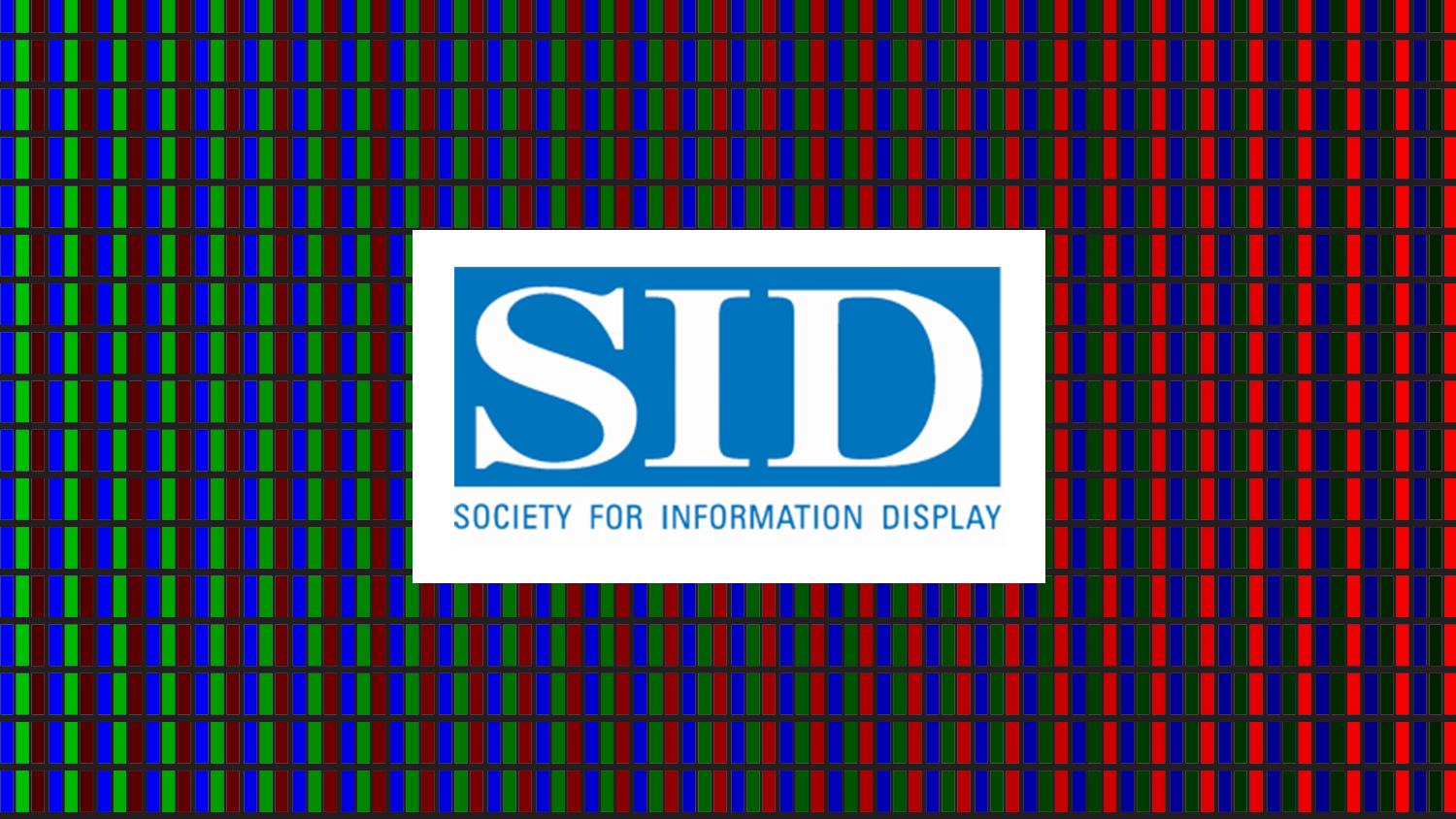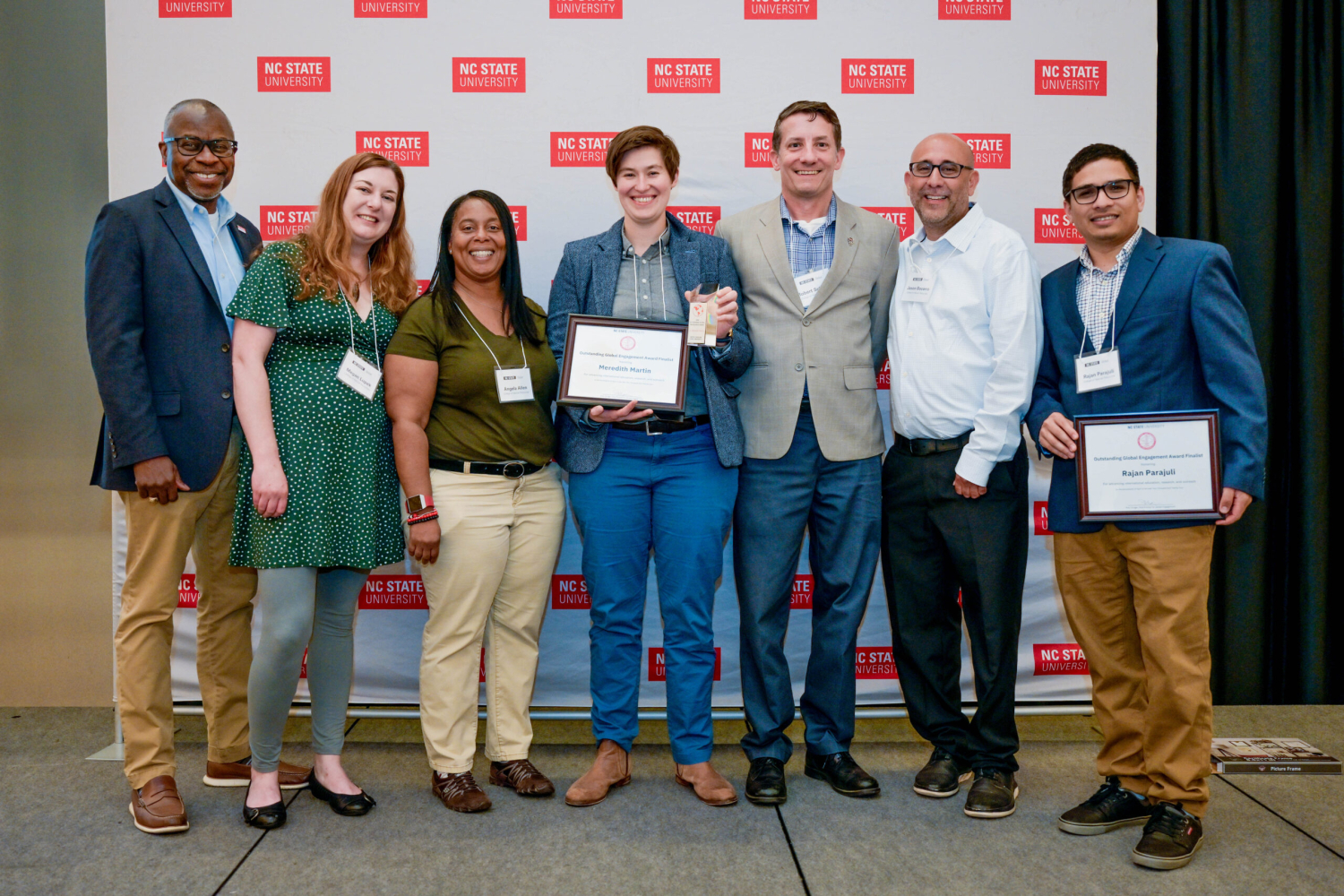NC State MSE Associate Department Head Professor Franky So has made many significant contributions to the research, development, and commercialization of OLED devices and displays. During his tenure at Motorola from 1993 to 2001, he led a research team to demonstrate the first full video OLED display in the United States in 1997 and subsequently introduced the first OLED display for phones (Motorola Timeport P8767) in 1999.

Two of So’s major OLED technology contributions at Motorola are still essential for most OLED displays. The first was the invention of a multilayer thin-film encapsulation (TFE) for OLEDs, which received more than 1,600 citations. At the time, two OLED encapsulation technologies were available: metal/glass cap and inorganic dielectric TFE. Although TFE is highly desirable because of its compact design and low cost, it had reliability issues due to moisture permeation through pinhole or particle defects. He constructed an encapsulation schedule that consists of multilayers of alternating inorganic dielectric and solution-processed polymer thin films. Defects present in the dielectric film are filled and planarized by the solution-deposited polymer film on top, thereby making the composite film impermeable to moisture. This multilayer TFE technology is adopted in most plastic OLED displays today, with ~$20 billion in annual revenue in 2022
I am driven by my curiosity about science and how to transform it into useful technology.
The second contribution So made at Motorola was the invention of an OLED emissive layer with a mixed host design. During the 1990s, OLED operating lifetime was a major barrier to the technology’s commercialization. Recognizing that most hosts were electron-transporting materials and the imbalanced electrons and holes led to device degradation, So invented a novel emissive layer architecture with mixed electron and hole-transporting materials, whose charge balance can be tuned by the mixing ratio.
The mixed host design significantly boosts OLED efficiency and lifetime and is widely used in most state-of-the-art OLED displays, from mobile phones to TVs. So joined the University of Florida in 2005 and became the Rolf E. Hummel Professor of Electronic Materials. In 2015, he joined the Department of Materials Science and Engineering at North Carolina State University, where he is currently the Walter and Ida Freeman Distinguished Professor.

So leads his research group to continuously push the boundaries of OLED and display research and development, notably in the areas of high-efficiency blue phosphorescent OLED designs, solution-processable OLED, novel optics for OLED light extraction improvements, novel OLED stack-up designs, and the development of perovskite LEDs.
“I am driven by my curiosity about science and how to transform it into useful technology,” said So.
He holds more than 100 issued patents and is the author of over 200 publications. In addition to pure OLED research, So recently investigated the combination of a quantum-dot (QD) photodetector and an OLED for sensing applications, and successfully demonstrated a pixel-free infrared imaging system. So founded a startup to commercialize his technology. He is a mentor to many early-career scientists and engineers in display technology.
He received a Ph.D. in electrical engineering from the University of Southern California. So is a Fellow of SID (2020), MRS (2021), SPIE (2009), IEEE (2011), Optica (2013), and the National Academy of Inventors (2012). He is also a Distinguished Lecturer of the IEEE Photonics Society, and in 2023, he was named the Entrepreneur of the Year by North Carolina State University.
About SID
The Society for Information Display recognizes outstanding achievements, groundbreaking innovations, and significant contributions to the display industry.
About the Jan Rajchman Prize
The U.S. Society for Information Display (SID) annually awards the Jan Rajchman Prize for outstanding scientific or technical achievement or pioneering research contributions to electronic display technology. Since 1993, the $5,000 prize has been presented by the SID Board of Directors on the recommendation of the Honors and Awards Committee.
This article was originally published in Information Display. © 2024 Society for Information Display.
This post was originally published in the Department of Materials Science and Engineering.
- Categories:



